Producers
-
Description:
"Cognac: The New Wave”.
The cognacs they present are the product of the imagination and hard work of a handful of men and women representing the new generation of cognac producers. With a perfect command of the appellation's codes and traditions, they innovate and set themselves apart with products designed for the experience of connoisseurs and consumers alike. They bring diversity, surprise, pleasure and uniqueness to the category, because they share strong humanist and environmental values, and all have a taste for the long haul.”
Fanny’s family are 4 generations of cognac winemakers and distillers. The Cognacs were usually used in the blends of the big players. Fanny decided to create her own brand in 2013, to value the families’ traditions.
Fannys family owns 14 plots of Ugni Blanc. Four plots in Saint-Bris-des-bois and ten plots in Burie, Cru BORDERIES.
Traditionally, Cognac is the product of a blend of different vintages and/or ages. When Fanny created her brand, she decided to do things differently:
She decided to isolate, vinify and then distill her parcels separately, in order to select only the quintessence of each cru and, above all, to reveal the typicity of each terroir. So that each cuvée has its own unique character.”Her Cognacs are all very distinct micro-provenances of the vineyard. Then distilled and matured individually
She elaborates Cognacs, revealing the identity of their wines and their terroir.
These are winemaker and distiller’s cognacs with no artificial coloring or sugars added.
BOWLER E-Zine Issue 2 | Q1 2021: A Spirit’s Sense of Place: Fanny Fougerat - Cognac, France
Image: Region:
Region: -
Description:
The terroir of Ribeira Sacra is not as ancient as you might think. What little flat land that may have once existed here was submerged with the damming of the Sil and Miño well over 40 years ago. During that time, Spain was also witnessing a mass migration from rural areas into the cities. In places like Ribeira Sacra, only the warmest and driest vineyards remained cultivated – those with southern and western exposures. As the valleys were transformed into lakes, however, the microclimate here gradually changed. Morning fogs became more common, nighttime temperatures increased, and the amount of light reflecting off the water made the formerly “best” spots just a little too warm for the region’s indigenous varietals. Recently several young growers started looking to those long abandoned, unheralded, and under-appreciated sites: north- or east-facing, randomly planted, difficult to farm, and difficult to reach.
Fedellos do Couto is such a project. For generations, the Taboada family has owned the Pazo do Couto, an ancient manor dating to the 12th century that over the centuries has produced a wide array of agricultural products on the decomposed granite and schist soils at the southern and eastern end of the Ribeira Sacra in the sub-zones of Ribeiras do Sil and Quiroga-Bibei.
Luis Taboada, recognizing the value of his ancient, north- and east-facing vineyards, teamed up with viticulturalist Pablo Soldavini, a proponent of organic farming and winemakers Curro Bareño and Jesús Olivares to found Fedellos do Couto in 2011. Bareño and Olivares were the talented team behind Ronsel do Sil, one of the most heralded estates in Ribeira Sacra, but both began their career in the Sierra de Gredos, where they were close friends and colleagues of Dani Landi, Fernando Garcia, and Marc Isart. This association is obvious in their wines: elegant and nuanced but persistent and powerful. Today Curro and Jesús are also involved in Ca’ di Mat, another Gredos winery imported by Bowler.
The winemaking at Fedellos is minimalist: grapes from 20-70 year old vines,native co-fermentations, long, gentle macerations in concrete, neutral French oak barrels, or small fermentation bins with aging in concrete and/or various neutral French oak barrels and foudres, but mainly 500L demi-muids. Four wines are currently produced: Bastarda, Cortezada, and Lomba dos Ares and a field blend of white varieties, Conasbrancas.
This profile and tasting notes were edited from the European Cellars website, along with the pictures used. For more information please visit: European Cellars.
Image: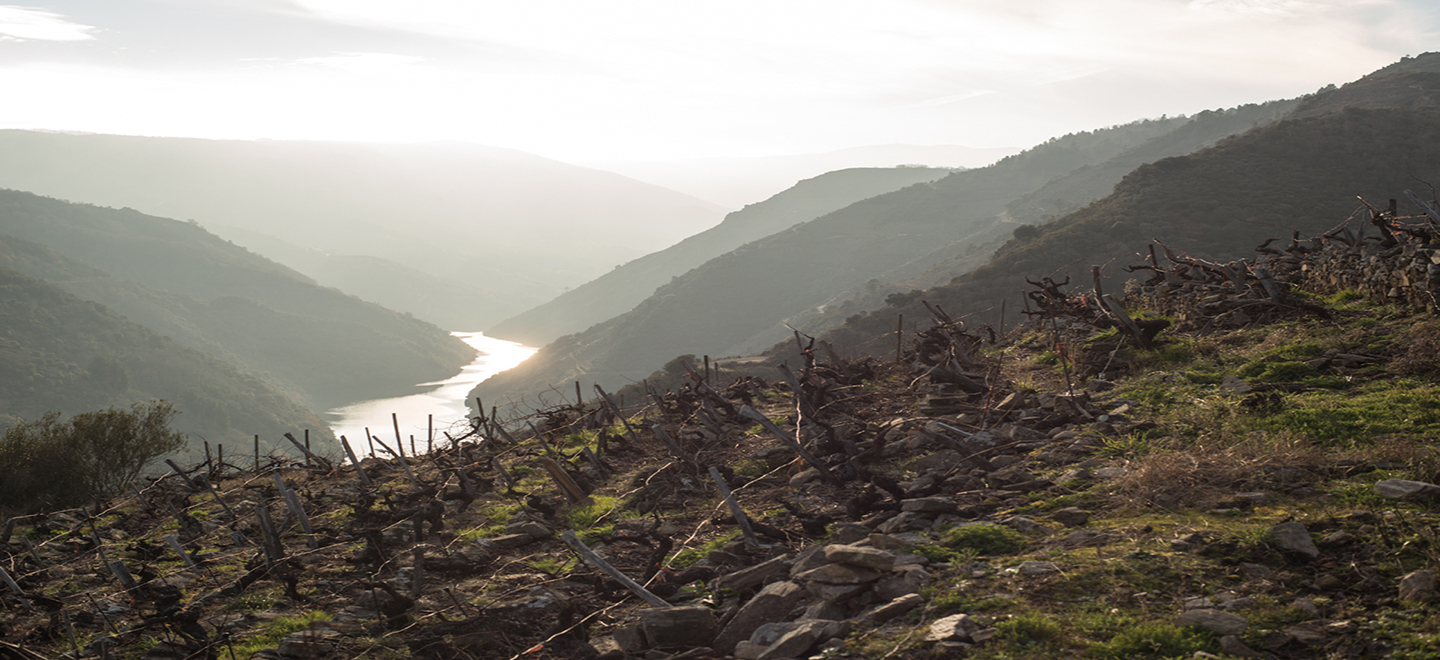 Region:
Region: -
Description:
The winery of Andrea Felici is located in the Marche region, between Apiro and Cupramontana, the heart of the homeland of Verdicchio. Nestled on a hill at the foot of Mount San Vicino at an altitude of 516 meters above sea level, Azienda Andrea Felici possesses a wonderful landscape; a green valley with tilted slopes, blanketed by beautiful woods and vines, marked by the high peaks of Gran Sasso and Maiella to the south and Mount Catria to the north. The climate is dry, with average annual temperatures in the mid-50s and a constant breeze throughout the year. This is the southwest corner of the Verdicchio dei Castelli di Jesi appellation. The area is further inland, with more limestone, a bit less influence from the Adriatic Sea, and temperature swings between day and night that are more drastic.
This winery practices organic viticulture with certification. Grapes are harvested by hand, the clusters are gently placed in small boxes and the grapes are pressed within a few hours, and temperature controlled fermentation is achieved without oxygen. About half of the harvest ferments on its skins, only during the kinetic part of alcoholic fermentation. The wine matures and mellows in cement and stainless steel vats for a period much longer than the minimum prescribed by regulations.
The winery started estate-bottling in 2003. Today, the 15-hectare estate is run by Leopardo Felici, whose passion for and dedication to Verdicchio are immediately obvious, as is his broad knowledge of the wine world; before taking over the estate in 2007, his father insisted he gain more wine experience, so Leo worked as sommelier in London at Gordon Ramsey's Savoy and in Florence at Enoteca Pinchiorri. The winery produces only two wines: a single-vineyard bottling– “Il Cantico della Figura”– and a cuvée, “Castelli di Jesi Classico Superiore.” Both wines are marked by incredible purity of fruit and pronounced minerality; these are high-quality wines that are immediately pleasurable and approachable, but which are also characterized by longevity and the purity of the Verdicchio grape in this unique landscape.
To view Andrea Felici's website, click here.
Image: Region:
Region: -
Description:
Widely recognized as one of the most exceptional of the small, independent sherry houses, Rey Fernando de Castilla was founded in 1837 by a family named Andrada-Vanderwilde. Fernando Andrada was the owner. They started producing brandy in 1956 (they are very famous for their brandy in Spain and Europe) and trademarked the name Rey Fernando de Castilla in 1969.
In 1999, the house was purchased by Jan Pettersen, a Norwegian with a passion for top quality sherry and 15 years experience at Osborne. After taking over the cellars of the sherry shipper José Bustamante, located next door to the main facilities of Fernando de Castilla, Jan quickly revitalized this winery, and today they are once again known as masters of the production and aging of fine, unblended, untreated sherries.
They produce two lines: the Classic and the Antique. The wines in the Classic line have lower alcohol, and are styled to be more, well, classic, meaning that these are wines that are textbook representations of their kind. However, this house’s reputation is based on the excellence of the Antiques, a series of intensely pure and complex single solera sherries that undergo extended aging in the cellar (the Antique PX is a 30-year-old system, while the Fino is 8 years) which results in sherries of great complexity and depth.Image: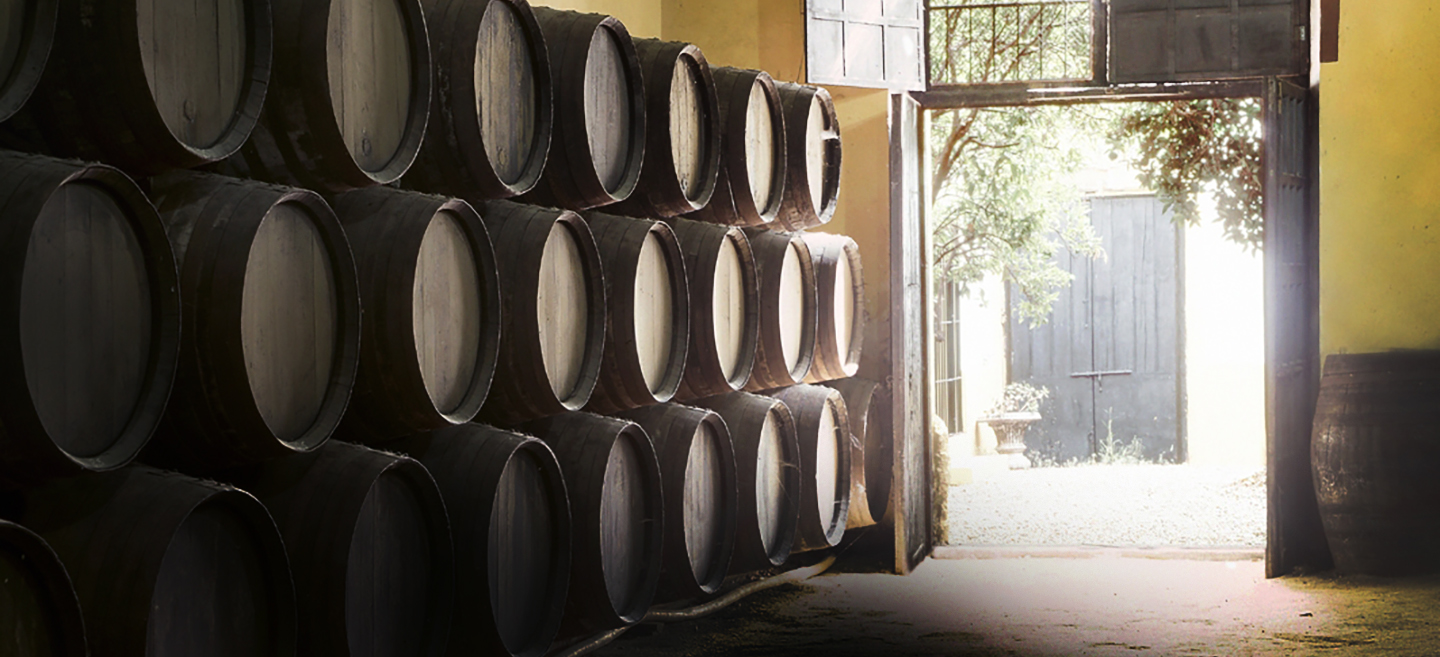 Region:
Region: -
Description:
Figgins is the project of veteran winemaker Chris Figgins, best known for being the winemaker at his family winery Leonetti Cellar. Although he could easily have been content carrying on Leonetti’s stellar track record as one of the best wineries in Washington, Chris wanted a project that would be all his own. With that in mind he created the Figgins vineyard, a 32-acre plot of land in Walla Walla planted to Cabernet, Merlot, and Petite Verdot.
Inspired by the estate wineries of the old world, all of these grapes go into making one wine, with the goal of exploring this single terroir. The winemaking is the same each year and therefore the only variables on this wine are what the vintage provides. The blend changes subtly each year in response to the unique conditions of that season, thus encapsulating and translating a time and place in the way that only wine can do. Chris is the second generation of Walla Walla’s first bonded winery, and rather than just holding steady he is intent on refining and improving the already revered reputation of his family. At Figgins and Leonetti, Chris is producing some of the greatest wines in the United States and, though he is already well on his way to a long and venerable career, this is merely the beginning.
Image: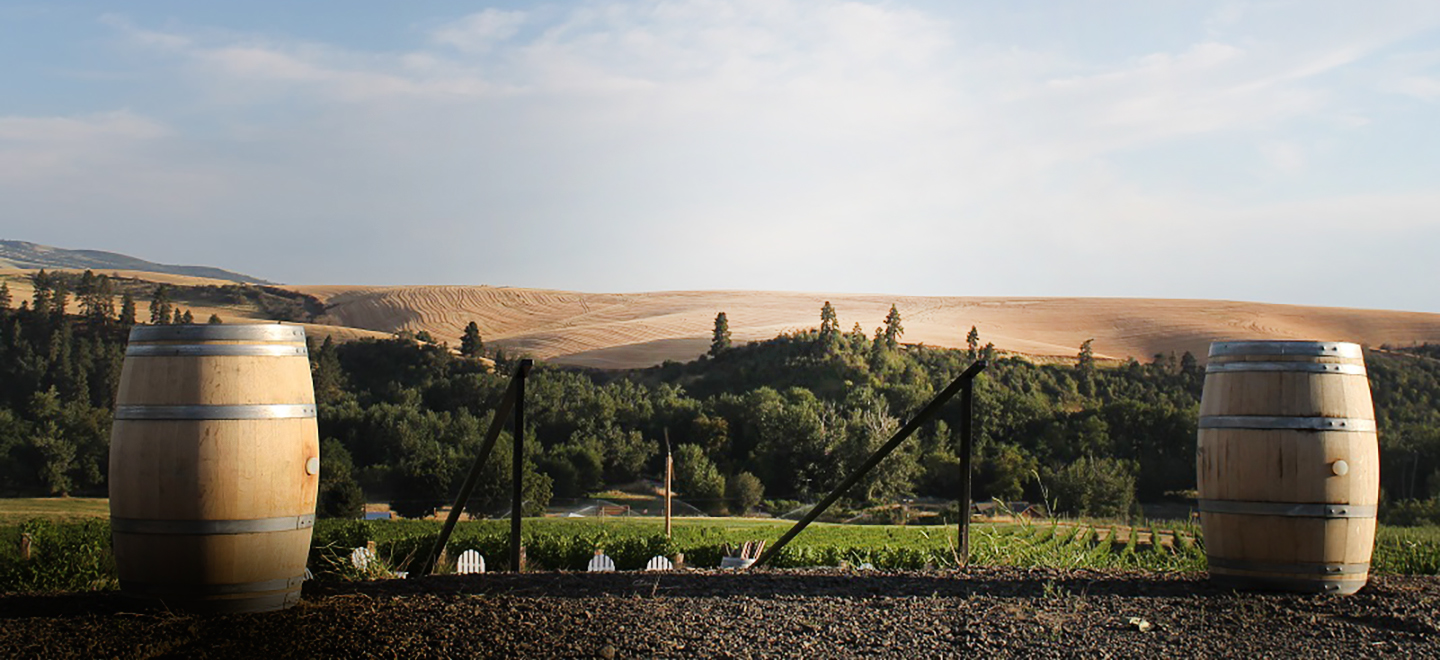 Region:
Region: -
Description:
Thank you to importer Louis/Dressner for this profile of Filliatreau:
(Click here for more Filliatreau information From LDM and here for the winery's website)
Domaine Filliatreau is a large estate of about 50 hectares located near the city of Saumur. The estate is known for its fruity, easy drinking style of Cabernet Franc; in fact it was founder Paul Filliatreau's stylistic shift to stainless steel vinifications with short macerations in the 1970's that made the style popular and in demand in Parisian bistros.
The vast majority of the production consists of Cabernet Franc from the Saumur and Saumur-Champigny appellations, along with a small amount of Chenin Blanc for white wine. Since the early 1990's a side project focusing on organic viticulture called Château Fouquet has been run in tandem with the historic Filliatreau vineyards. Today, the entirety of the Filliatreau estate is certified organic and Château Fouquet is on the verge of being certified biodyamic.
Their most famous vineyard is called La Grande Vignolle; it rests atop a tuffeau stone outcrop that runs along the Loire river for a number of kilometers. During the 16th and 17th centuries, the stone, a creamy colored limestone, was quarried for building some of the great monuments and châteaux of the Loire. Cave dwellings and a few formidable houses were actually carved into the cliffs. The "La Grande Vignolle" label is a depiction of this site.
The soil and subsoil of the vineyard are highly calcareous. This type of soil lends the Cabernet Franc grapes juicy flavors and good acidity. The vines are of considerable age and yields are kept low. The wine is vinified in stainless steel and bottled unfiltered. It is rich in red fruit flavors, with a touch of tobacco and licorice in the finish and has excellent aging potential.
The other cuvées available in America are a Saumur Blanc called "Lena", an entry level Saumur Rouge, a "Vieilles Vignes" bottling of Saumur-Champigny and the "Château Fouquet" from the vines worked biodynamically. Ocasionally, a pétillant naturel called "Filibulle" is produced and we try to bring in as much as we can.
Image: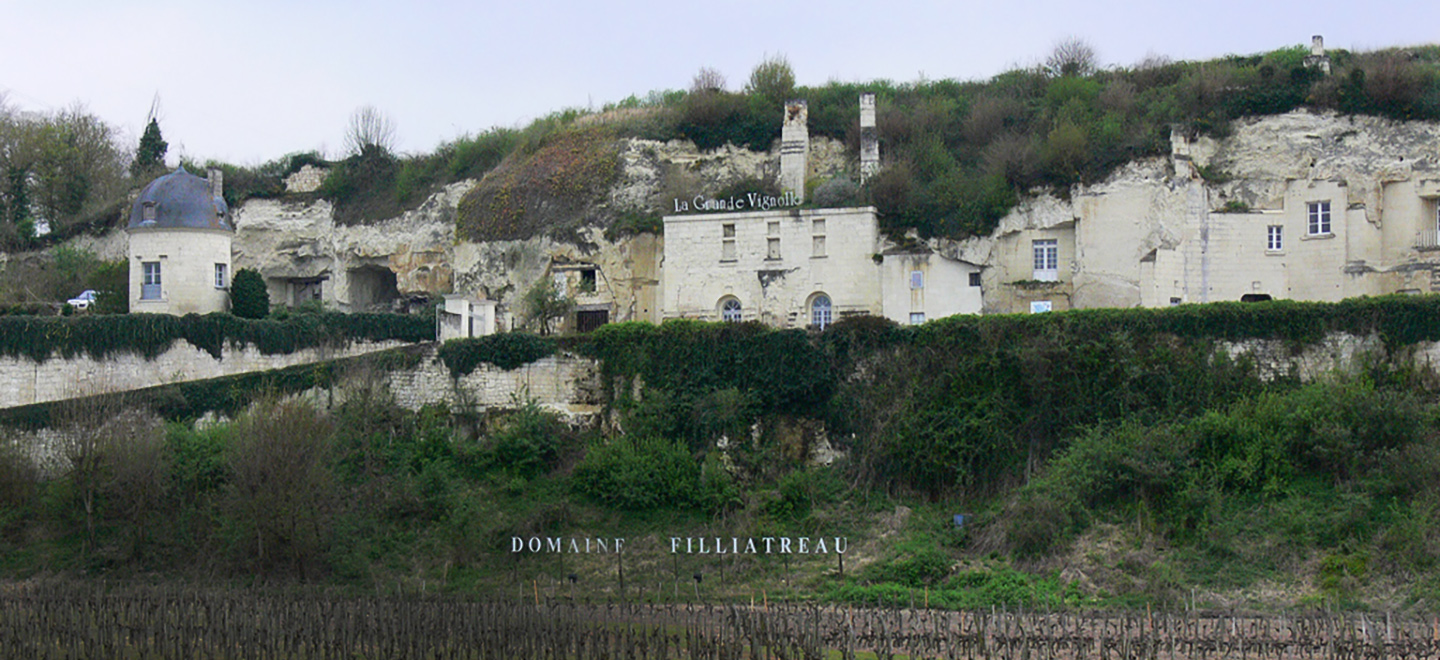 Region:
Region: -
Description:
This micro winery is located in Chacras de Coria (Lujan), Mendoza, They farm from three hectares and go back three generations within the Furlotti family. The vineyards were planted in 1916, all to Malbec; from this they only produce one wine, which is made by famed winemaker Carmello Patti who focuses on balance and terroir. This is considered the smallest winery in Argentina and produces less than 500 cases per year, with only fifty cases for export to the US.
This profile and tasting notes were edited from the Brazos Wine website, along with the pictures used. For more information please visit: Brazos
Image: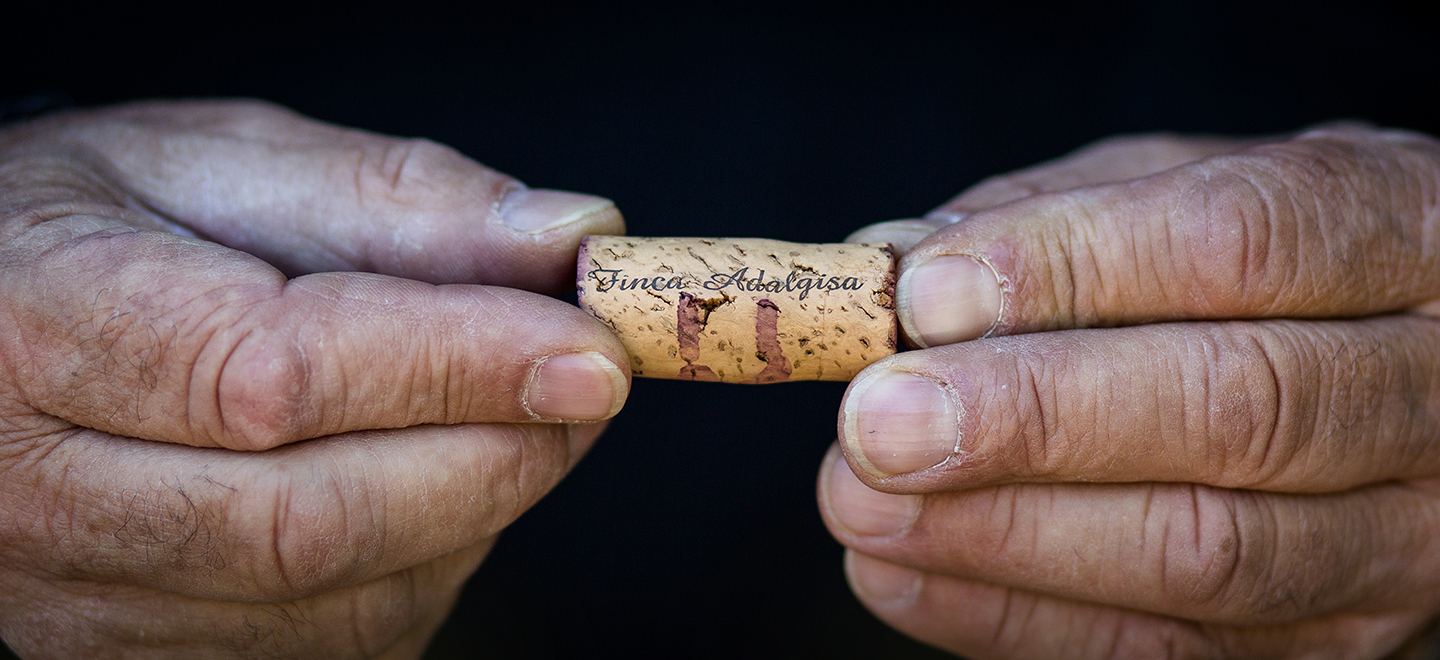 Region:
Region: -
Description:
Domaine Gerard Fiou is a small family domaine in the east of the Sancerre appellation in the town of Saint Satur. There are only a handful of producers here and the soil is unique in that it has a high percentage of silex (or flint) which typically is identified with Pouilly Fumé, which lies just across the Loire river. The domaine now has just under 10 hectares, and they are in the process of converting to certified organic viticulture. Only 15% of the Sancerre appellation has these special silex soils. The terroir, coupled with the older vineyards (an average of 60 years old), gives the wines have a unique and intense mineral expression that is distinctly Sancerre. Domaine Gerard Fiou has been certified organic as of the 2023 vintage.
Image:Region: -
Description:
Fitz Roy is a collaboration between Elixir Wine Group and Alex Huber of Invina wines in Maule, Chile. Kirk Ermisch, CEO of Elixir Wine Group, in partnership with Invina, curates the highest quality wine from the most esteemed Invina vineyards to showcase the purest expression of the Maule region.
Founder and CEO of Invina, Alex Huber, moved to Chile in 2001 after a storied career in business and the foreign service. He joined his father’s vineyard project where he lived on the vineyards in Maule and became immersed in the family business.
Alex believed that Chile’s key competitive advantage were its vineyards, so in 2007 the Huber family formed Invina, whose original focus was produce premium grapes in Maule to sell to other wineries. Several properties were acquired, with a view of creating a project that reflected the diversity of the Maule Valley. New vineyards were planted, and old vineyards nurtured, applying modern planting and management techniques.
In 2012 the family built a winery, and since then it has been a journey of discovery and appreciation for the quality of grapes produced by the vineyards.
Image: Region:
Region: -
Description:
Erik Longabardi and Benford Lepley, both Long Island natives, started Floral Terranes in 2017 out of a shared passion for fruit foraging and fermentation. Their ciders and wines, made in Erik's garage in Roslyn, are a by-product of their deep interest in the conservation of land and fruit trees on Long Island. For their cider production, they forage apples from an array of sites - ranging from one-off roadside trees to residential yards to small orchards. The incorporation of wine production with their ciders was a natural progression. Through the years, they have developed relationships with a number of growers on the North Fork, and have sourced fruit for the 2023 releases from an unnamed site, referred to as 'Elijah Vineyard' in Mattituck, NY, less than a mile from the Long Island Sound. It's surrounded by abandoned farmland, vineyards, organic vegetable farms, and tree nurseries.
All of their still ciders are naturally fermented and allowed to go through their complete malolactic fermentation. They are aged in glass demijohns and neutral barrels before being hand-bottled. For their wine production, the grapes are foot-stomped and left in open-top containers to ferment spontaneously (the white wines either see a period of skin-maceration or go direct-to-press). The wines are matured in old neutral wood barrels for up to 10 months before bottling. For cider and wine, they add the minimum effective amount of so2 at crush; from that point on, there is only a small addition at bottling or sometimes none at all. The resulting wines and ciders are distinctive expressions of Long Island terroir, and we're thrilled to have the opportunity to work with them.
Image: Region:
Region:
